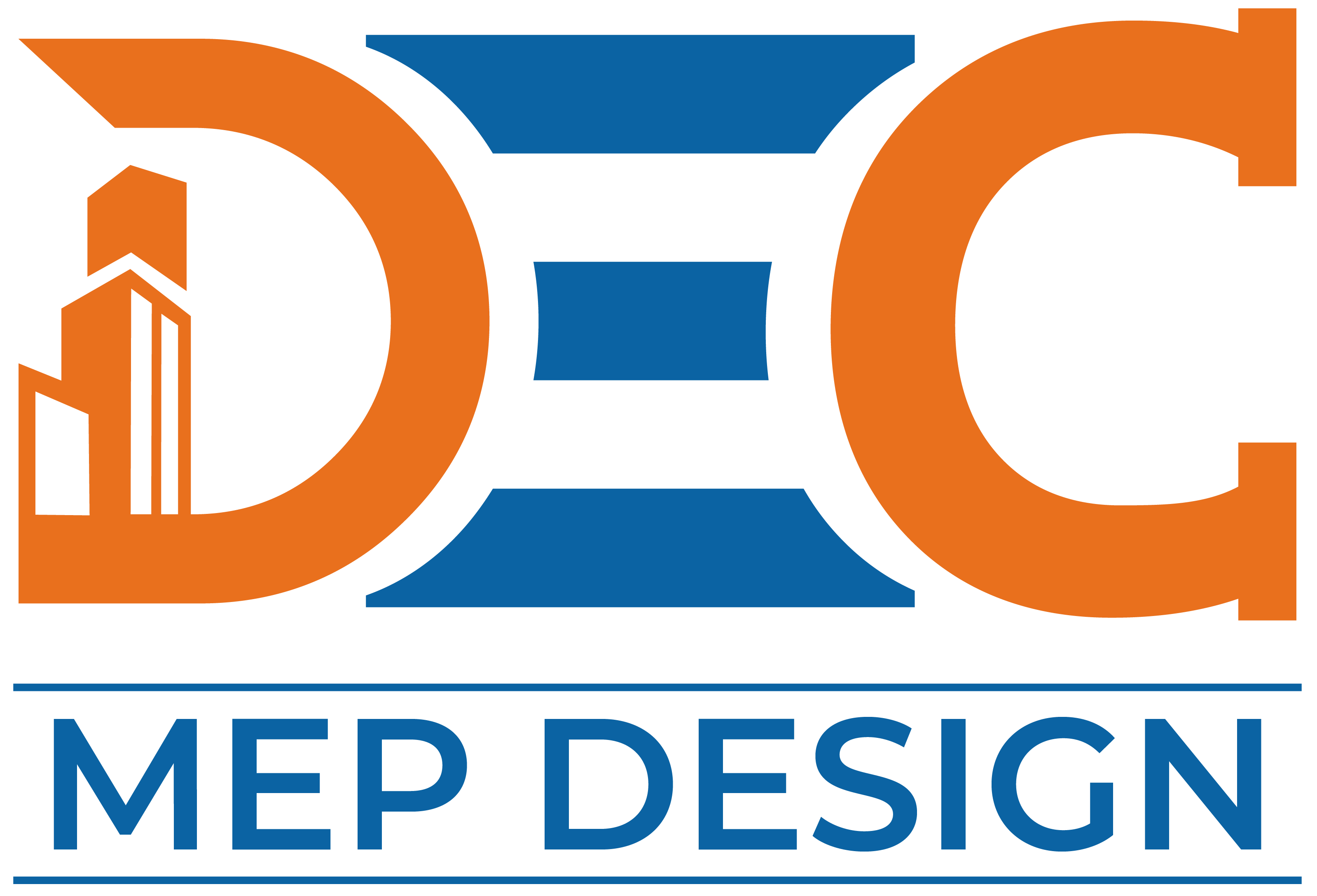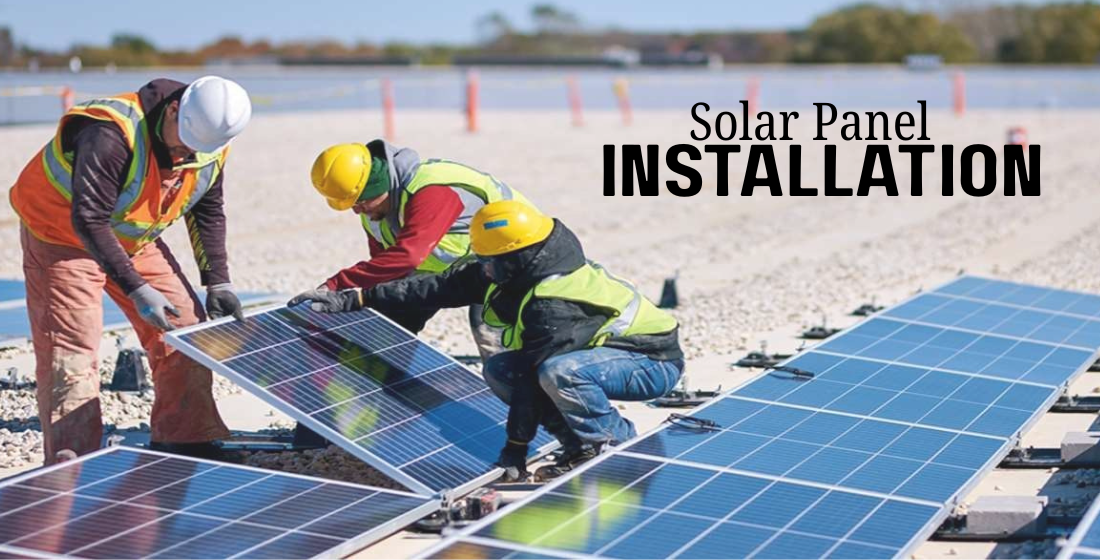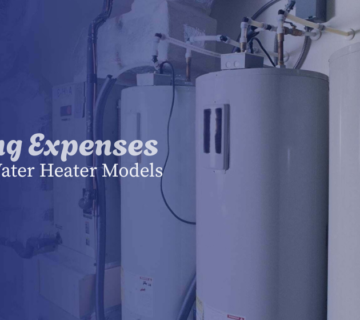Solar Panel Installation in New York: A Growing Trend for a Sustainable Future
An emerging tendency for a permanent future is welcoming the future of power with the continuously increasing emphasis on New York’s stability and renewable energy resources. Among them, solar energy is one of the most viable means to reduce carbon emissions and reduce energy expenses. The installation of a solar panel in New York is not only an environmentally conscious decision but also financially intelligent due to the progressive policies and encouragement of the state. In this blog, we will explore benefits, challenges, and steps to install solar panels in New York, as well as how this transition contributes to the state a cleaner environment for the state and greenery.
The Benefits of Solar Panel Installation in New York
1. Environmental Impact
New York aims to cut greenhouse gas emissions and fight climate change. Solar energy is a clean, renewable energy source that does not use fossil fuels. Solar, residential, and commercial users help cut their carbon footprints, helping New York in their stability mission. Solar panels collect sunlight, convert it into electricity without emitting any toxic emissions into the air.
2. Financial Savings
The initial expenses of making space for solar panels can be expensive, but the final savings are well worth the cost. Solar energy investment can significantly reduce electricity bills, as residents can produce their energy and reduce the use of the grid. Residents of New York have access to many state and federal incentives, including tax credits and discounts, which reduce the cost of solar energy. For example, the federal solar investment tax credit (ITC) provides a 30% tax credit for installation costs.
3. Energy Independence
New York’s power grid dominates traditional power plants on a large scale that use fossil fuels, making consumers unsafe to change prices and grid outages. Through the installation of solar panels, homeowners and companies can achieve more energy autonomy as they can produce their electricity. In the case of a grid outage, solar-operated systems with battery storage can still provide electricity.
4. Increased Property Value
Homebuyers are looking for more and more energy-efficient homes, and solar panels are a large selling factor. Research has indicated that solar-equipped houses sell at a much faster and higher price than non-solar houses. In New York, where energy is expensive, solar panels can contribute significantly to the market value of a home.
The Solar Panel Installation Process in New York
1. Initial Consultation and Site Evaluation
The initial process in the installation of solar panels is to identify a reliable solar provider who will inspect the site of your property. This involves evaluating your roof position, size, and direction to determine how much it catches sunlight. The installer will also review your energy use habits to enable the development of a suitable solar system for your needs.
2. Permits and Approvals
Before starting the installation process, your contractor must receive permits from local authorities. New York has rules to ensure that establishments are made according to safety standards. Your contractor will take care of the permit process in most cases, following all the necessary codes.
3. System Design and Installation
Once the site is ready, the solar panel system is planned according to your energy requirements and roof details. The installer will then install the solar panel, inverter, and any energy storage system as required. The installation is usually done within a few days, depending on the complexity of the system.
4. Inspection and Activation
After installation, the system is inspected by a local authority for final approval to confirm that it meets all rules. On approval, the system is switched, and you can start production of your clean energy.
Incentives and Rebates for Solar Panel Installation in New York
New York offers a variety of incentives to make solar power more accessible:
- NY-Sun Incentive Program: This program offers rebates to offset the initial cost of solar panel installations.
- State Tax Credits: New York offers tax credits at the state level for solar installation fees.
- Net Metering: Homeowners can sell their extra energy back to the grid, earning credits against future energy bills.
- Federal Solar Investment Tax Credit: Homeowners have a 30% tax credit available for the installation of solar panels, which cuts the upfront cost in half.
Challenges in Solar Panel Installation
While the benefits are clear, there are a few challenges that homeowners and businesses in New York may face when considering solar panel installation:
- Initial Costs: Even with incentives available, the initial cost of solar installation can remain a hindrance for some.
- Roof Condition: Certain older houses or buildings might need roof repairs or renovations prior to installing solar panels.
- Weather Conditions: Weather in New York can be volatile, and snow and rain can impact the efficiency of solar panels for some months. Nevertheless, new solar panels are developed in such a way that they can tolerate different weather conditions, and incentives on solar by the state balance these seasonal inefficiencies.
Conclusion
Solar panel installation in New York is a step towards a cleaner, more sustainable future. With high financial rewards and increasing pressure to stem the tide of climate change, solar power is becoming an attractive choice with both environmental and economic rewards. Although initial installation may be associated with a learning curve, the long-term profits, energy self-sufficiency, and potential for property value appreciation make solar panels a worthwhile investment. New York’s commitment to renewable energy guarantees that the state is far along in a cleaner, brighter future fueled by the sun.
How to Get Started with Solar Panel Installation in New York
- How to Get Started with Solar Panel Installation in New York
Review your past energy bills to understand your average usage. This helps determine how large your solar system needs to be.
- Schedule a Site Assessment
Contact a certified solar installer to conduct an on-site evaluation. They’ll inspect your roof’s orientation, shading, structure, and estimate your solar potential.
- Get Quotes and Compare Offers
Request multiple quotes from local solar providers. Be sure to compare system size, efficiency, warranty, price, and estimated savings.
- Apply for Incentives
Work with your installer to apply for all eligible local, state, and federal incentives, including NY-Sun rebates, NY State tax credits, and the federal ITC.
- Approvals and Permits
Your installer will handle the paperwork and obtain necessary permits from local authorities and utility companies.
- Installation and Inspection
The installer will set up the solar panels, inverter, and any battery systems. Once complete, local authorities will inspect the installation to ensure it meets safety standards.
- System Activation
After approval, your solar system is connected to the grid. You can now start generating clean, renewable energy and even earn credits through net metering.
Frequently Asked Questions
The full process, including permitting and inspections, typically takes 4 to 8 weeks from signing the contract to activation.
Solar panels are low-maintenance. Occasional cleaning and an annual inspection are typically enough to ensure optimal performance.
While efficiency may decrease during cloudy days or snow cover, panels continue generating electricity year-round. Snow usually slides off due to the panel tilt.
Yes. By installing a battery storage system, you can store excess solar energy and use it during nighttime or outages.
Most roofs are compatible, but installers assess condition, angle, and shading to determine if upgrades or changes are needed.
With net metering, you earn credits for surplus energy sent back to the grid, lowering future electricity bills.
Yes. Options include solar loans, leases, and power purchase agreements (PPAs), making it easier to go solar with little to no upfront cost.





No comment